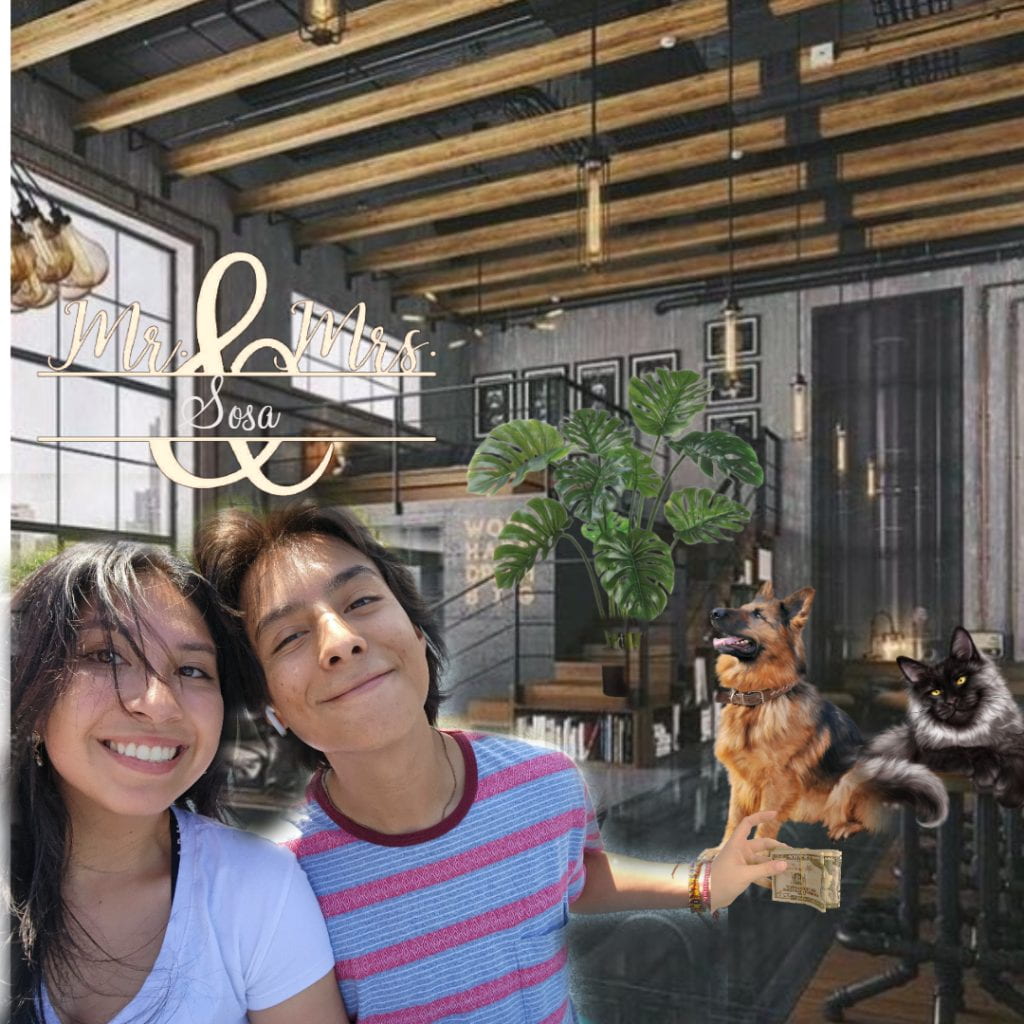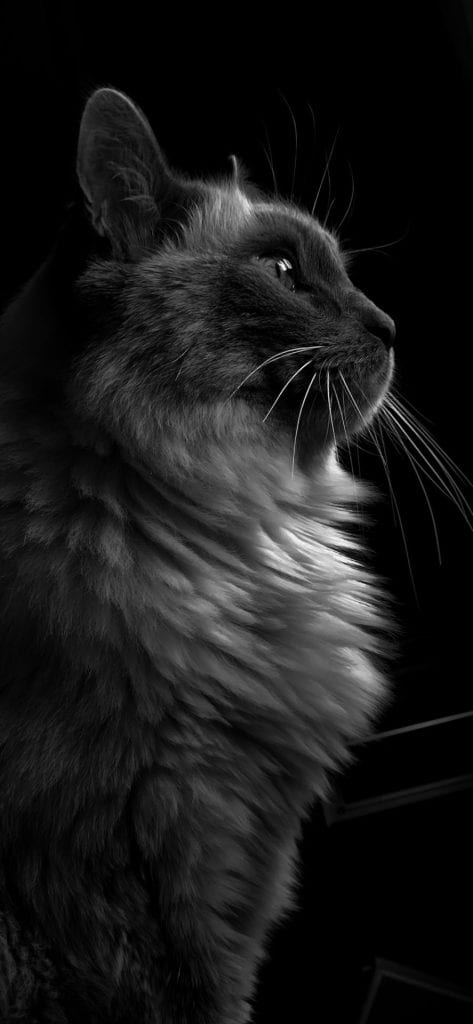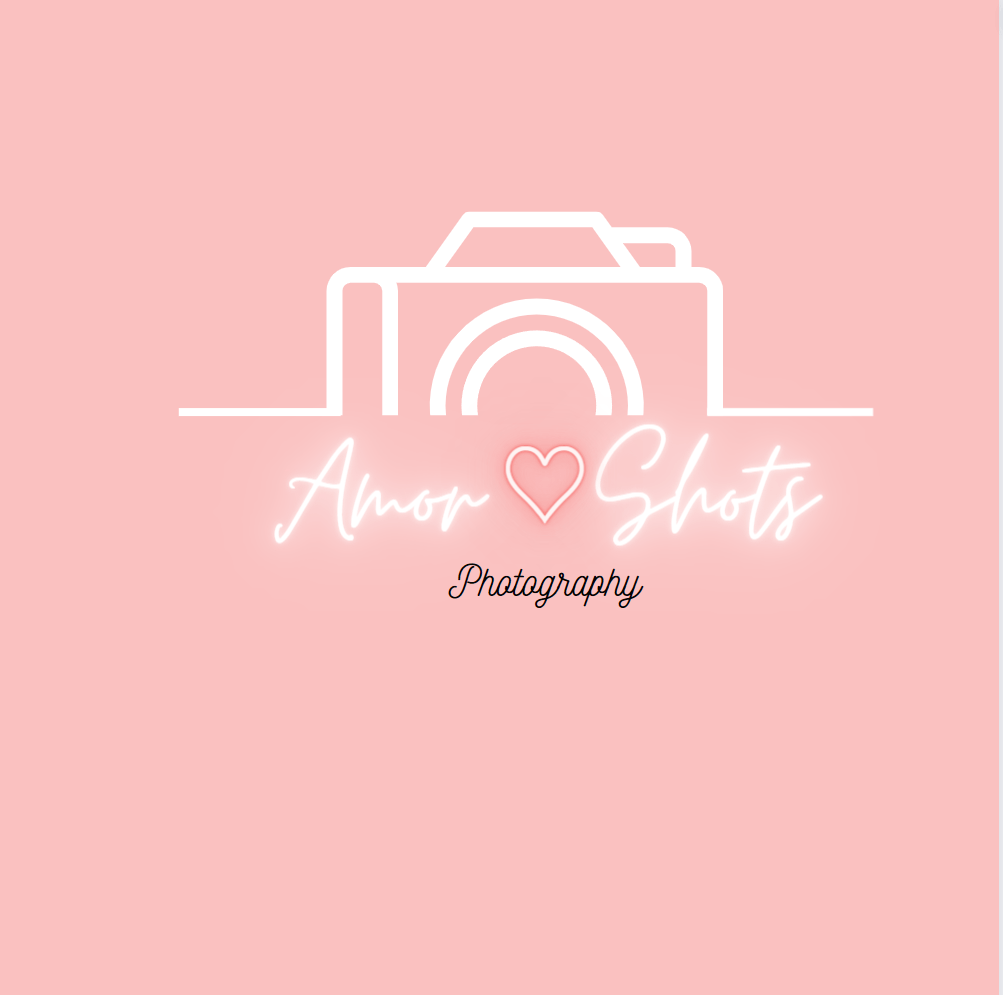Screen printing:
The broad museum slide show:
Colorful Vintage Illustrative Virtual Museum Presentation
Screen printing step by step:
To begin the process of screen printing, the printer selects the design they want to create on the finished product and prints it onto a transparent acetate film. This film will be used to create the stencil.
Next, the printer chooses a mesh screen that suits the complexity of the design and the texture of the fabric being printed. The mesh screen is then coated with a layer of light-reactive emulsion, which hardens when developed under bright light.
The acetate sheet featuring the design is then placed onto the emulsion-coated screen, and the entire setup is exposed to a very bright light. The light hardens the emulsion, so the parts of the screen that are covered by the design remain in liquid form.
If the final design includes more than one color, a separate screen must be used to apply each layer of ink. To create multi-colored products, the printer
| Photomontage 10 years |
Resume
GEORGIA O’KEEFE ILLUSTRATION:
Black and white:
Diptych: Opposites:
Bookface Series:
PHOTOGRAPHY CAREER TREE:
one career in photography I really am interested in is photo journalism. I like that career because you are your own author and boss tell your life story to others. A photographer’s job involves the use of different cameras to capture pictures of important places, people, events or moments. They then process these photos by developing negatives or editing digital images to produce clear visuals. Additionally, they create headlines, captions, or other descriptive tags to interpret the photo. They may use photo editing software such as Print Shop Pro or Photoshop to enhance an image. Photographers arrange photographs in a specific order to tell a story and collaborate with journalists and editors. They ensure that photographic equipment is available and ready for use. Photographers are always on the lookout for opportunities to capture subjects of events that others may miss. I would make about $57,000 per year. Photojournalists are professionals who use the visual medium to tell stories in the fields of sports, news, and documentary production. While some photojournalists are self-taught, most employers usually require a bachelor’s degree in journalism or communications. Although training is an essential aspect of this career, having a strong portfolio is equally crucial to making a successful career in photojournalism.
CTE & VAPA COURSE:
2 PHOTOS BY: EDDY._.FILMS
SELF PORTRART WITH BLENDED IMAGERY:
WASSILY KANDISNY ART:
10 ways to get inspired:
Keep a sketchbook with you to jot down any inspiring ideas for your photo shoot. This way, when you’re struggling to come up with an idea, you can refer back to your sketchbook. If you dislike carrying a sketchbook, create a folder on your computer to store inspiring images. Refer to the images when you need inspiration. Watch movies with the sound off to focus on the visual elements like composition and lighting. Sketch interesting bits to refer to later. Visit museums, sketch inspiring art, and note your thoughts. Use these emotions to create something new. Photo exhibits are great for seeing a variety of photography in one place. Don’t miss vintage collections, they may inspire your next project. Music videos can provide inspiration for a shoot, with their visually rich experiences and accompanying music. Conferences like WPPI, Shutter Fest, NAB Show, and Photoplus offer great opportunities to learn from inspiring speakers and like-minded individuals, and elevate your creativity.Join a local photo club. Participate in meetings and events to get inspired by creative people. Spending some time in nature will give you peace of mind and allow you to think freely. Have that notebook handy to jot down the ideas that come your way.
Good illustrators focus on light. Study illustrations and take notes on what you like.
Sandy skoglund art:
Picture painting:
08-10-23
- What is aperture, shutter speed and ISO? – Aperture is known as the f-stop; Shutter speed helps the photo become focus on the action or blurry. The ISO determines the light sensitivity to the camera.
- When would you need to change your ISO? – You would need to change your ISO when the picture seems to dark or to bright.
- What is aperture and shutter priority settings? – The aperture priority (f-stop) chooses the aperture, but the camera chooses the shutter speed, while the shutter speed priority lets you choose the shutter speed, but the camera chooses the aperture.
- What are AF modes how do you change them? – You can choose to select different modes either through the camera menu or with the button.
- Why does your need to meter the light to get the right exposure? – We need the meter because it will give you an accurate photo with great exposed light.
- What is the difference between a normal, wide angle and telephoto lens? – the telephoto lets you have a narrower field of view, while the normal just provide a wide field view.
- What is white balance and why would you need to change it? – White balance helps you change the temperature of the photo, and we need to Change it so we could get the right exposer
- What is depth of field and what is the difference between shallow and good? – The depth of field helps you make the photo background become blurry and the between shallow and good is when shallow is out of focus and good is when everything is in focus
- What are drive modes and metering modes? – Drive modes is what helps with your shooting modes and metering modes is when your camera helps automatically with the shooting modes.
- What is exposure compensation? – A exposure compensation is when you can brighten the photo o make it more clear or show more color.
Shallow depth of field:
LOGO:
Mirror image:
Man and nature:
Triptych:
Collage:
Block printing:
Double color:
Football:
Photomontage:
Indeed:
1.) Street Photographer, Los Angeles, CA
Qualification
– You must be an experienced photographer (professional or hobbyist)
– You must have a DSLR
– You must have an iPhone
I will be able to get this job because I love taking pictures of people and street art. Unfortunately, I don’t have an iPhone, BUT if I save up, I will be able to get one, and I will be able to get the job.
2.) Photojournalist South Coast photographic, Anaheim, CA
Qualification
Employers typically expect a bachelor’s degree in journalism or communications, but a strong portfolio is also crucial for a career in photojournalism.
3.) Professional wedding photographer and videographer
Qualifications
– 5 years’ experience
- Well stocked wedding portfolio
- Established social media presence
- Edited photos
- Be the owner of your equipment
- Must be able to provide full wedding galleries- entire events with full coverage. No exceptions
With years of experience, I would have to build my skills and my reputation for a couple of years. But I think I will be able to get the job because I will be a great communicator and be able to give the customers what they want.
























